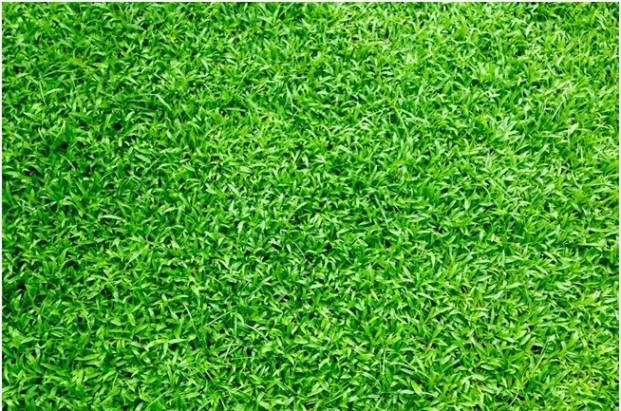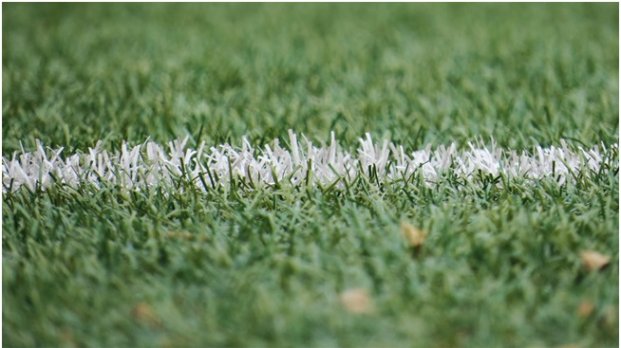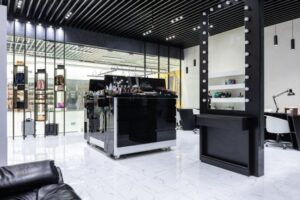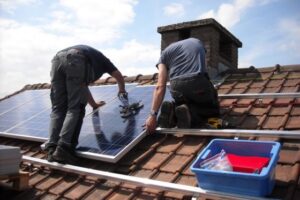Even though it’s always a good time to go play catch in the park, it’s not always simple to find the time. Oftentimes, our hectic schedules prevent us from spending time performing enjoyable activities. How about if you had your very own baseball diamond in the comfort of your own backyard? If you could always be there for your kids, you’d never miss out on quality time together.

A batting cage as well as some high-quality artificial grass can recreate the appearance and feel of a professional ballpark in your own backyard. The process is straightforward. An artificial grass field may be quickly and easily transformed into a professional-looking venue.
The sports turf is ideal for this because it does not require any maintenance and always appears fresh and new. With artificial turf, you can enjoy all the advantages of natural grass without the hassle. Check out the link https://en.wikipedia.org/wiki/Artificial_turf.
Table of Contents
How is fake grass manufactured?
Have you ever pondered the transformation of plastic into a lush green lawn? The process begins with white plastic pellets serving as the basic material, which are then mixed with green pellets including the colors, U.V. stabilizers, as well as additives.
The plastic is melted and extruded through a steel plate with holes in it using specialized machinery. After passing through the steel plate, the strands drop into a basin of water, which helps to set the synthetic grass ingredients. While in transit to the next stop, the strands are pulled via a big pulley and kept apart by a machine.

The strands are rolled until they are as thin as natural grass. The strands of artificial grass are wound on spools. When a spool is full, many synthetic yarns are weaved together from strands of various colors. As it is coiled around a massive spool, the yarn moves through guides to keep it taut.
Synthetic yarn is fed through tubes to a tufting machine as it fuses mesh fabric with synthetic sheeting. A tufting machine, which looks like a large sewing machine but has more than 200 needles.
During the tufting process, tiny knives buried beneath the turf cut the yarn’s ends to give the impression of individual grass blades. The backing is transferred to a coating roller, which is loaded with adhesive and used to coat the back of the turf.
The glue can be cured in open air or in a controlled environment. Hot pins are used to create drainage holes in the turf as it leaves the drying chamber.
The grass is put through a technology that mimics football cleats to confirm its sturdiness after it has undergone various inspection points, like measuring the turf’s fiber length as well as minimal trimming. Read more on this page.
Look for these characteristics in indoor batting cage turf:
Durability
When shopping for baseball turf, durability is arguably the most crucial quality to look for. There is a lot of foot traffic in batting cages, so the turf needs to be durable. In addition, batting cages will retain its beauty over time to a greater extent if they are constructed with turf of a higher durability.
Pure sensation
To get the most out of their batting cage practice, players seek conditions that mimic those found on a real baseball diamond as closely as feasible. This will make their return to the baseball field easier. For this reason, many manufacturers provide a variety of artificial grass items designed to mimic the feel of real grass when barefoot.
Support and ease
A player who spends most of their time in the batting cage would be able to tell you whether or not your astro grass for batting cages provides adequate cushioning. There are a variety of foam and rubber-backed items available from various manufacturers that will make your batting cages more appealing to players and encourage them to utilize them for longer.
Consider the pile height
When using an artificial turf for batting cage, a pile height that is too high can make the players feel like they are sinking too deeply into the surface. If you’re installing new turf in a specific area, it’s important to pick a product with a pile height that works for that space.
Conclusion
Whether you have a large or small facility, it’s always a good idea to put artificial turf inside your batting cages. The tremendous demands placed on your equipment won’t be a problem for synthetic turf because it is built to last.
Batting cages, whether indoor or outdoor, can benefit from artificial turf. Depending on your preferences, you can choose between cushioned or unpadded grass made from a range of different materials. Numerous installations of artificial turf endure for up to 15 years, and it can withstand daily, constant use for at least 8-10 years. Fake turf can withstand a lot of wear and tear, and it will also shield the cage’s ground or floor from harm.




